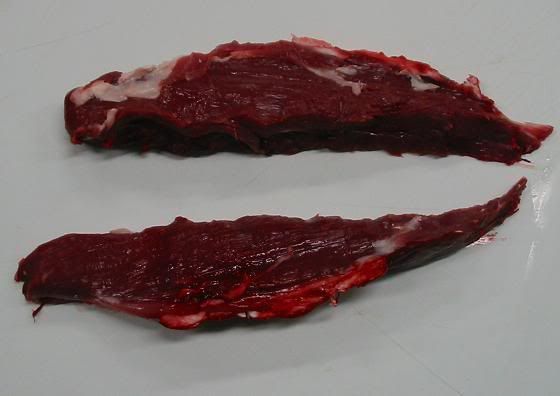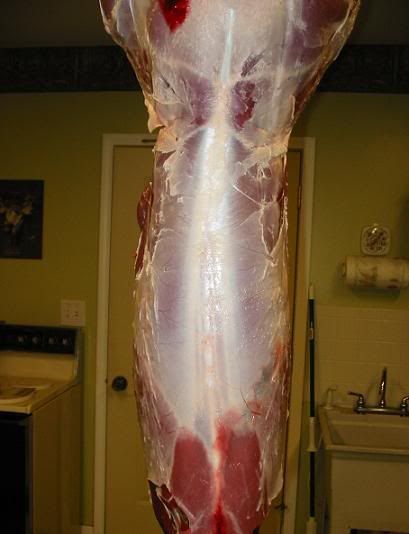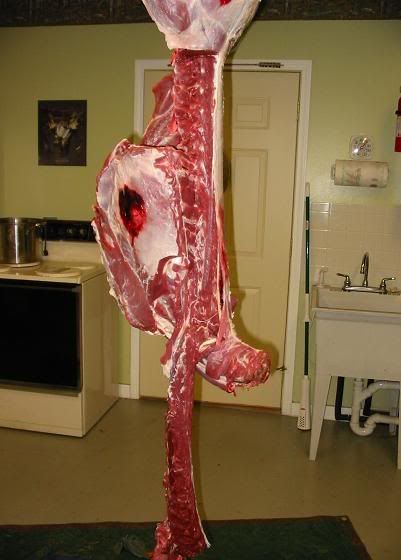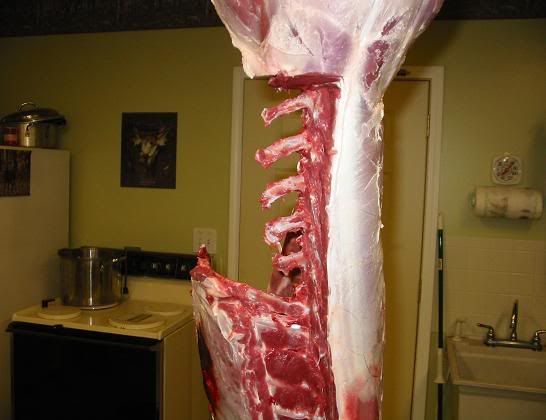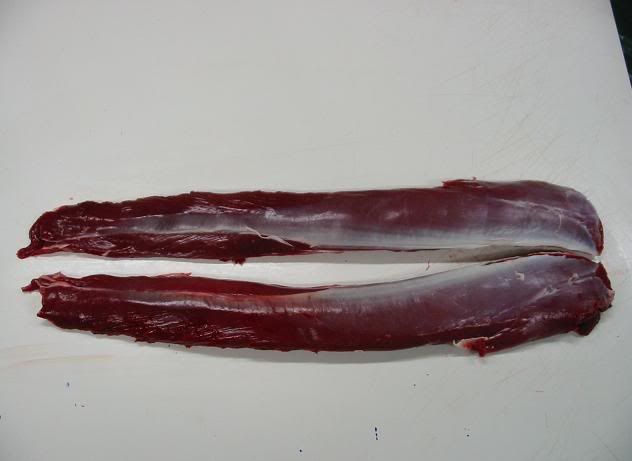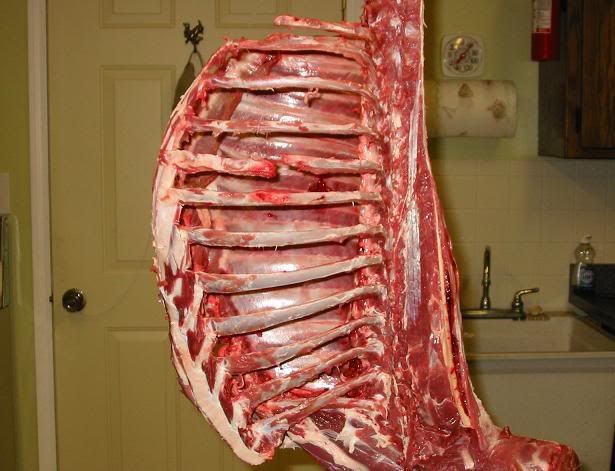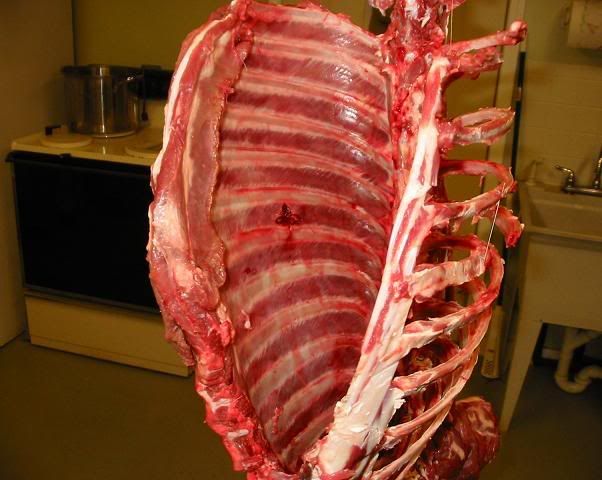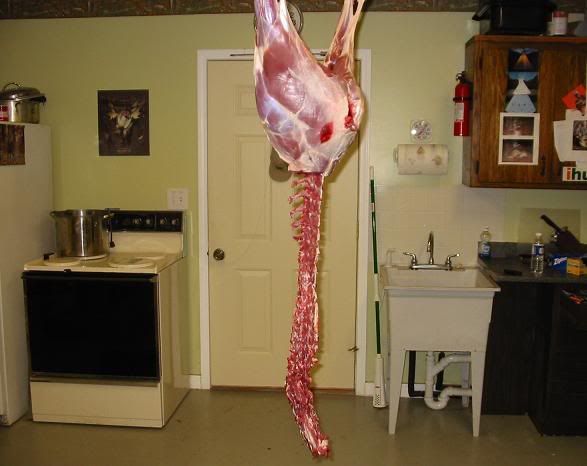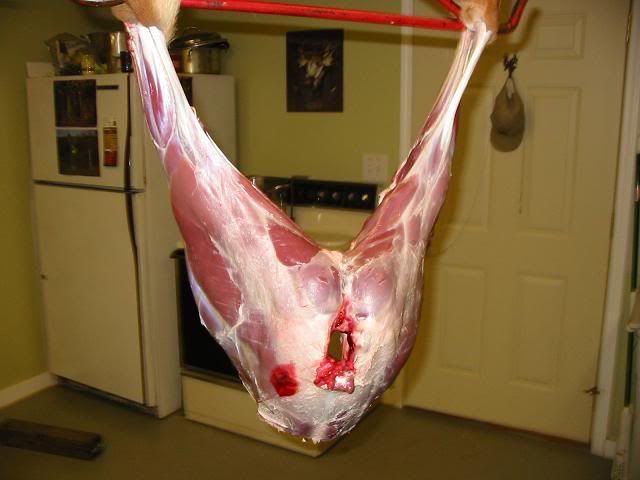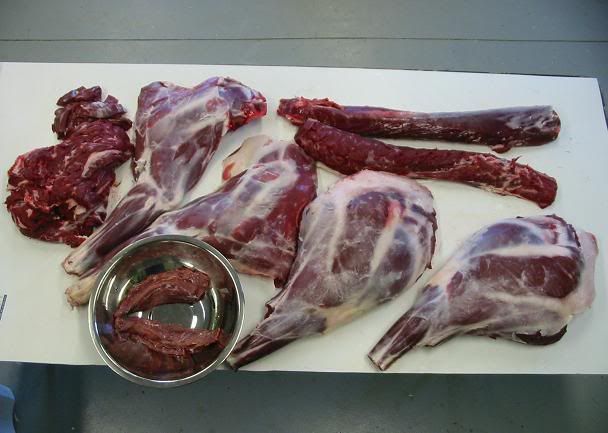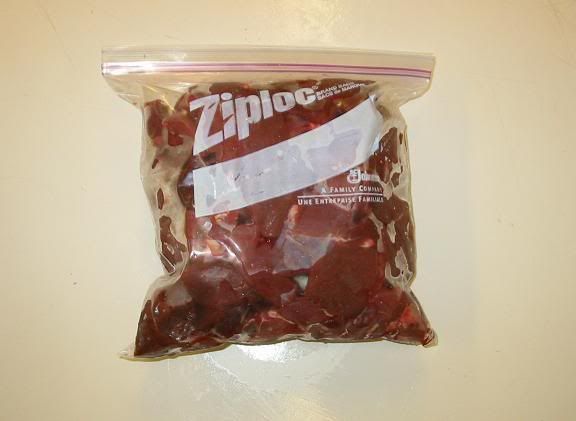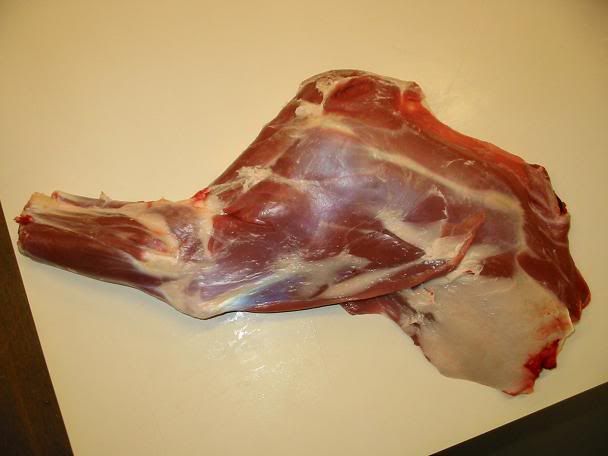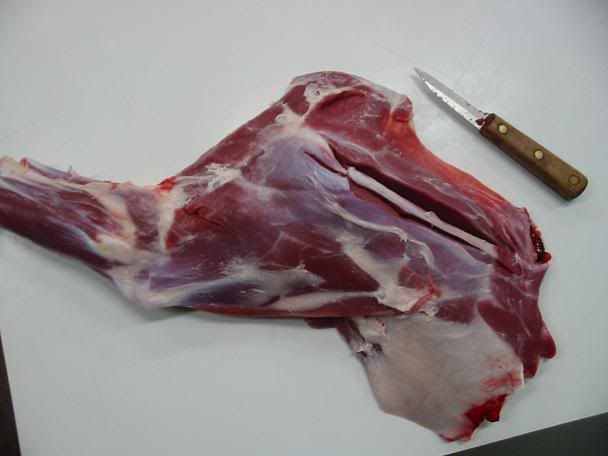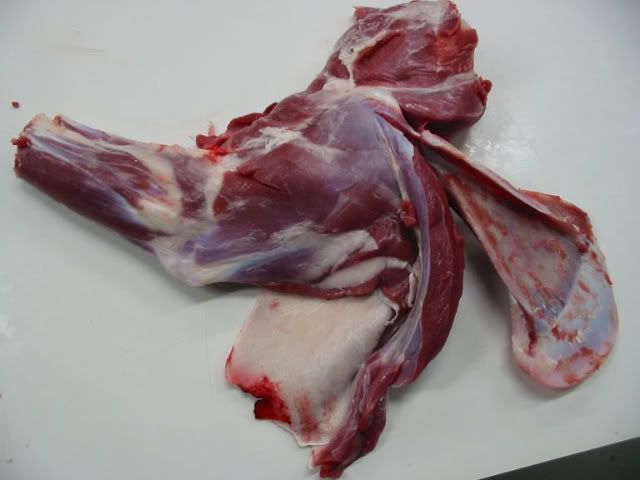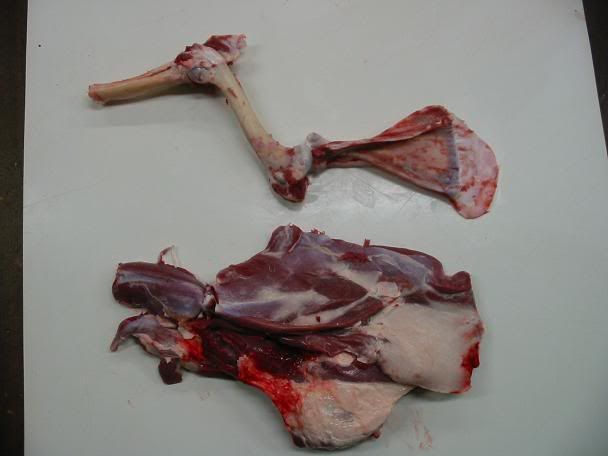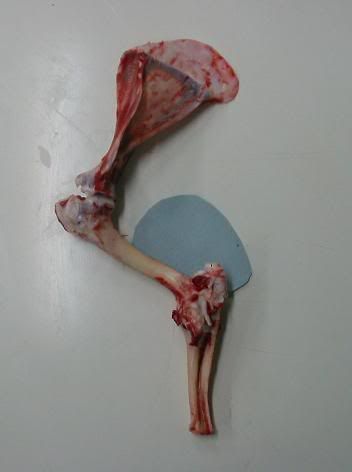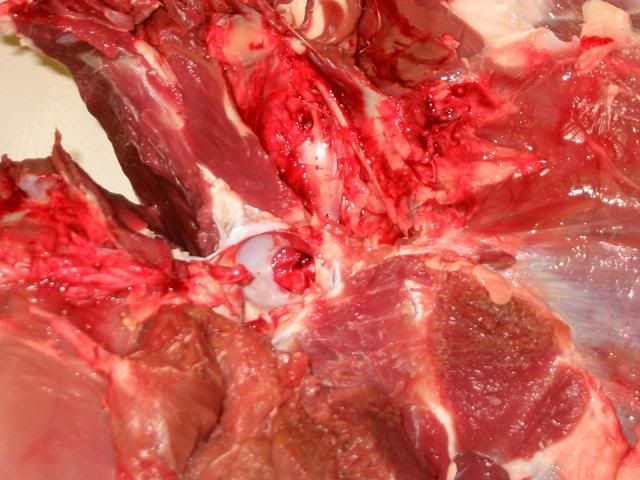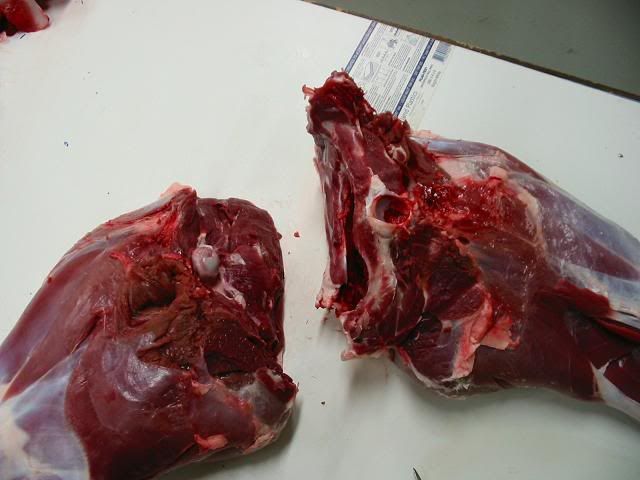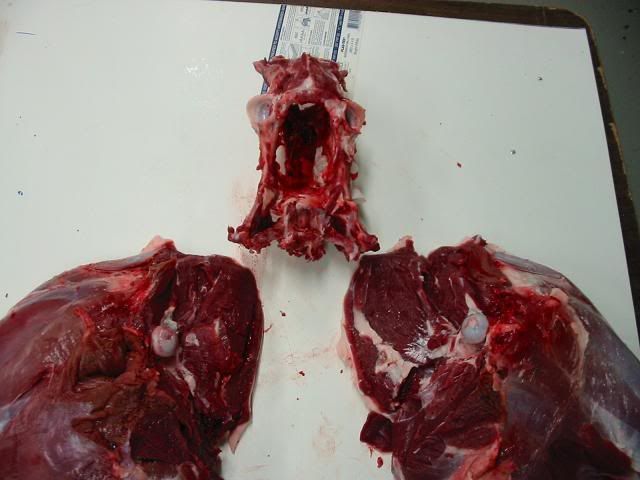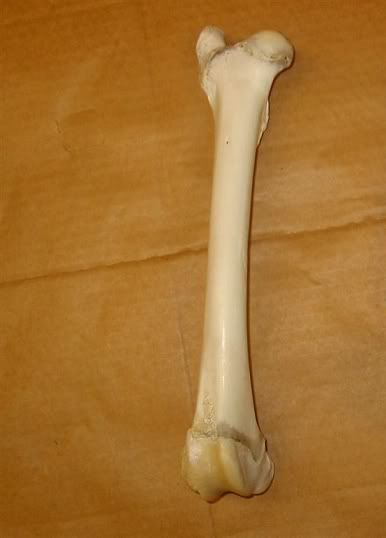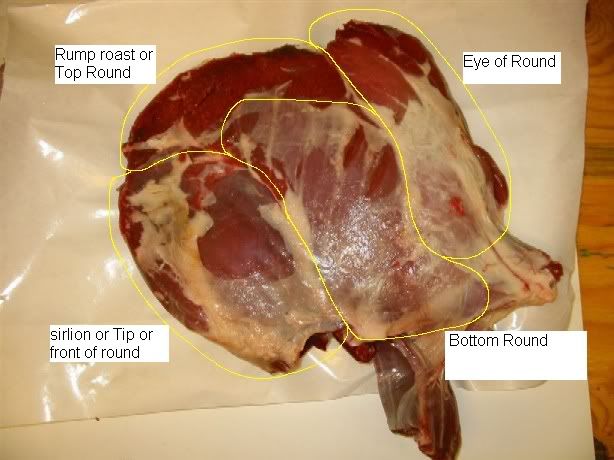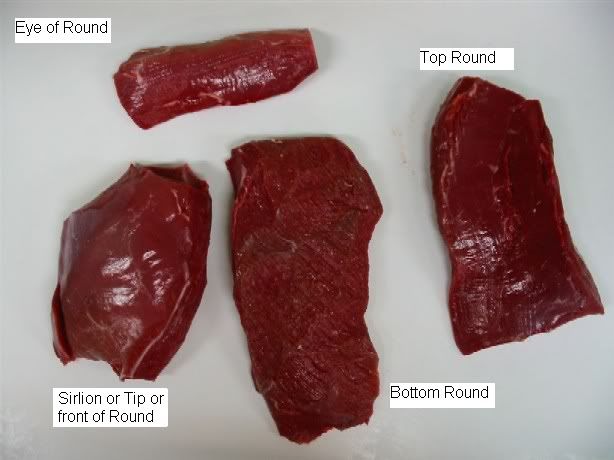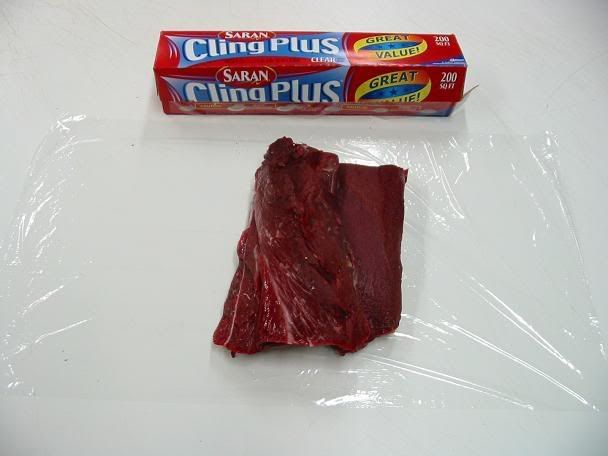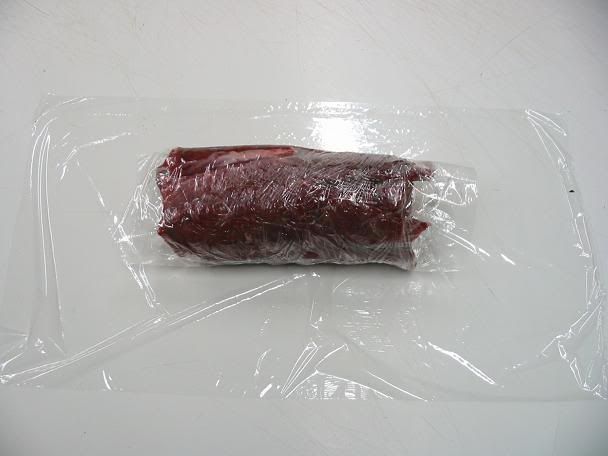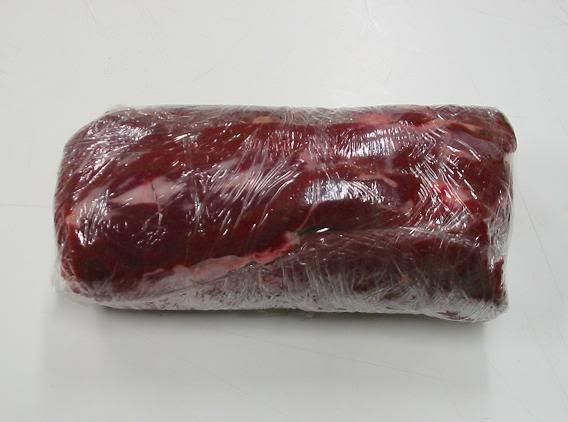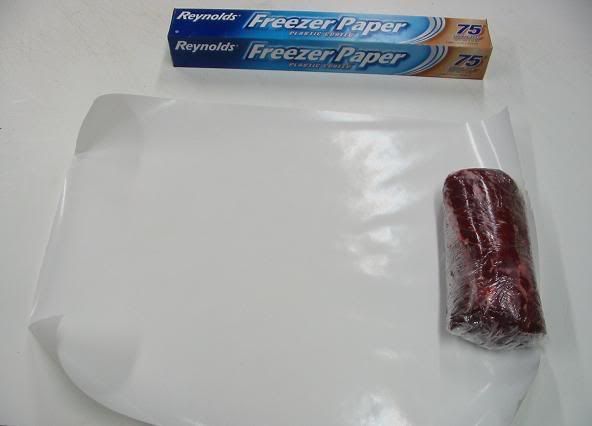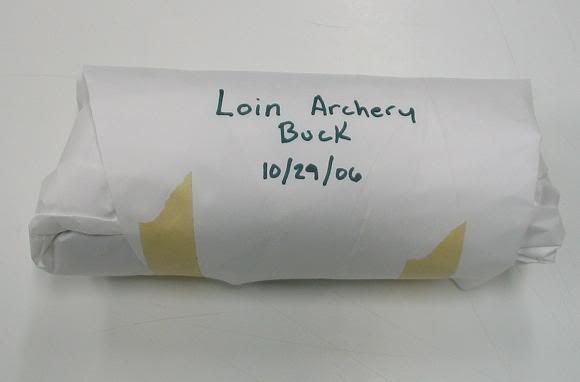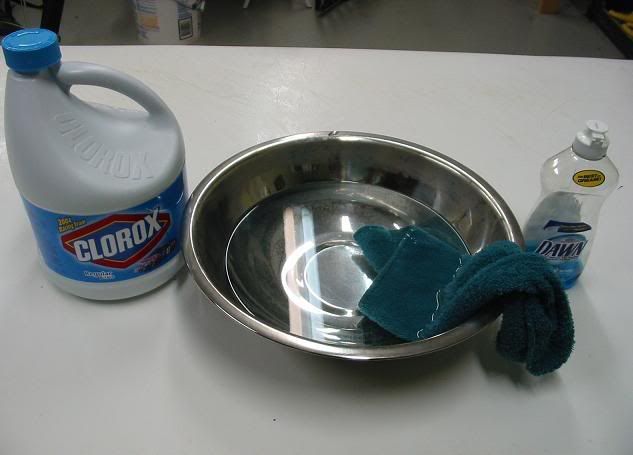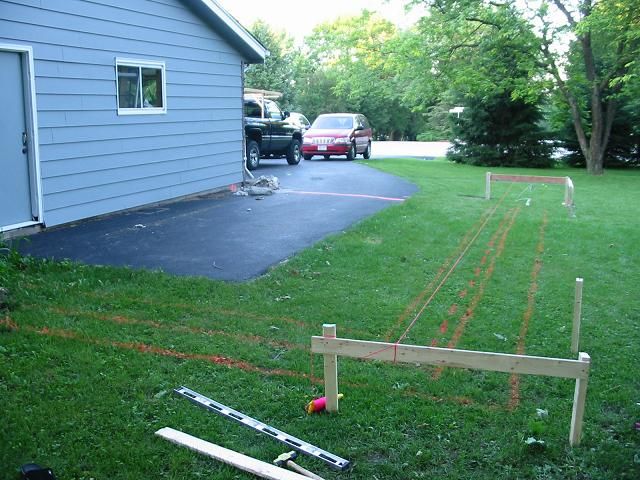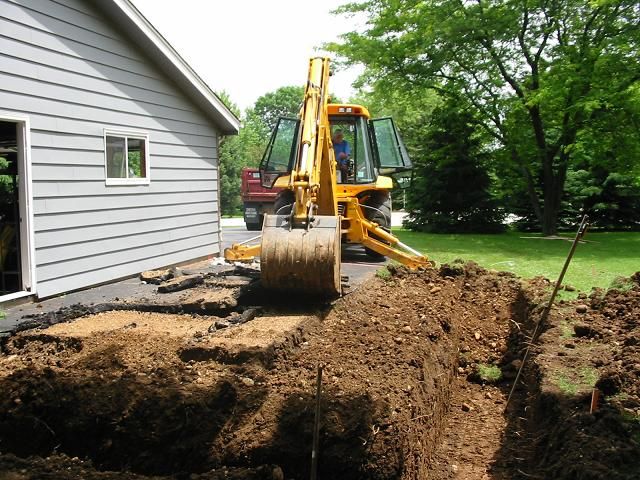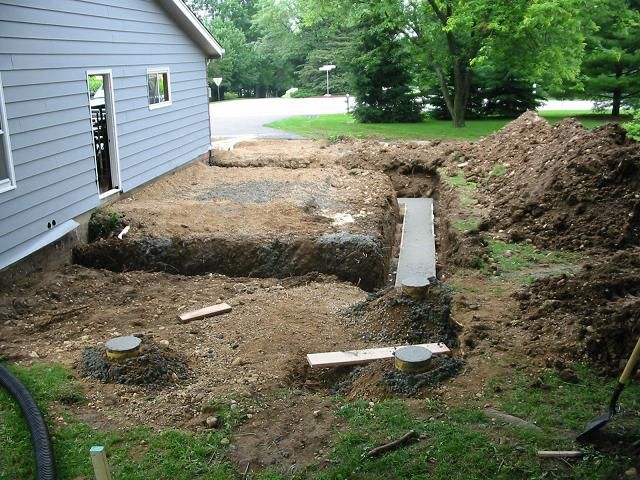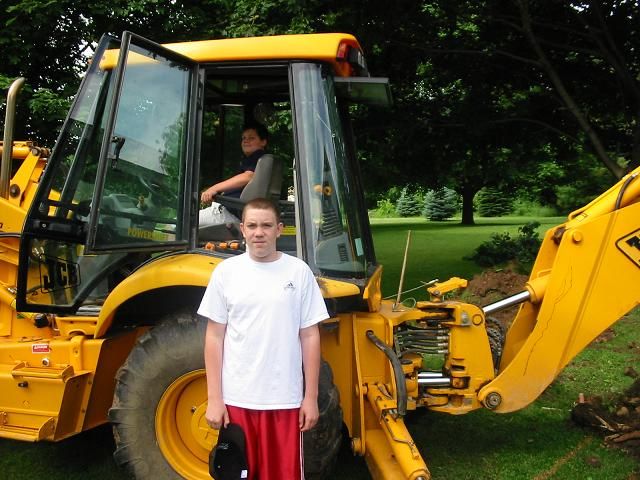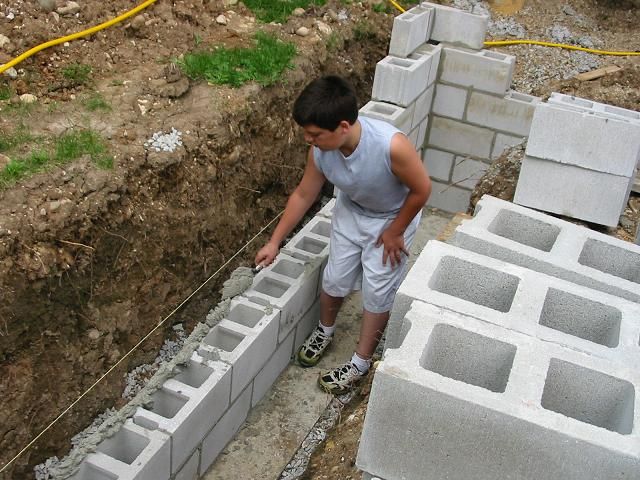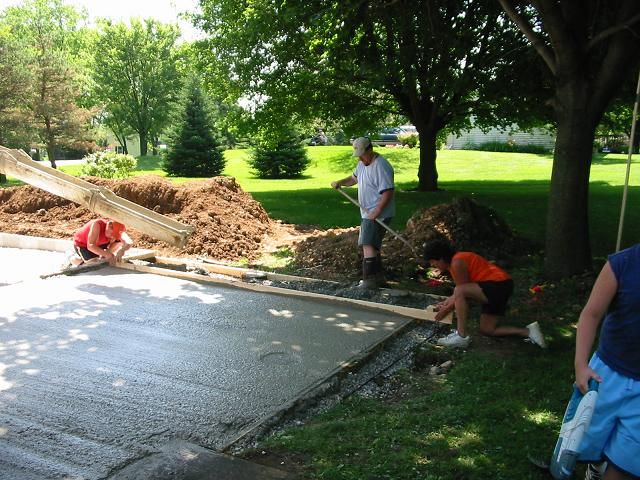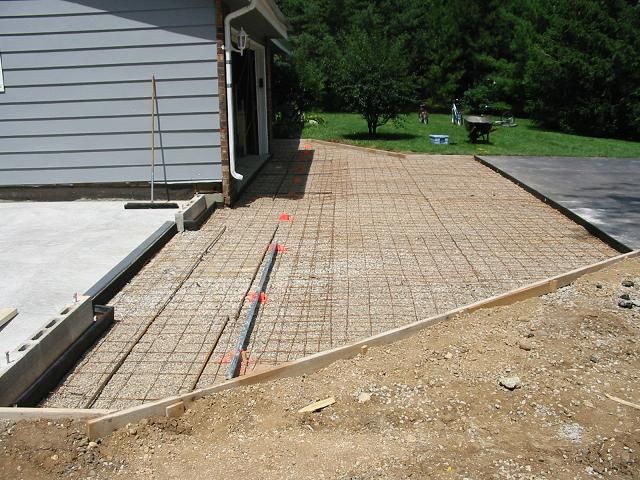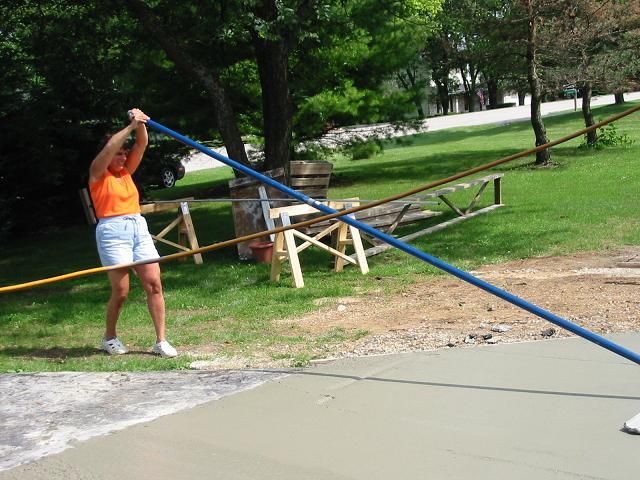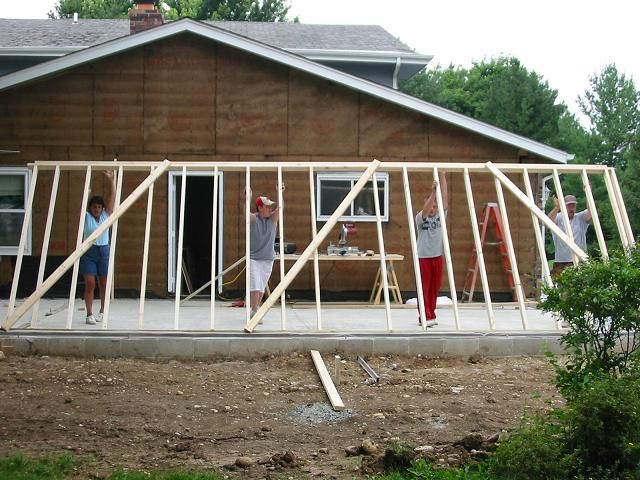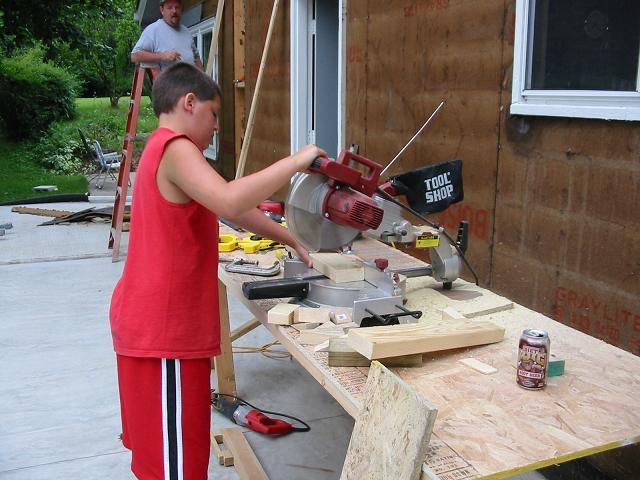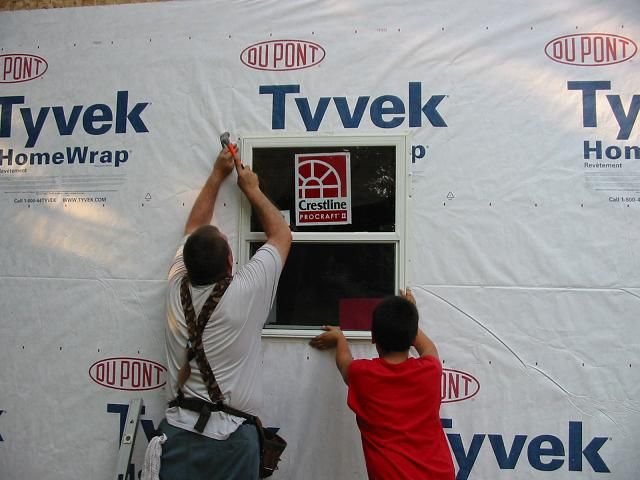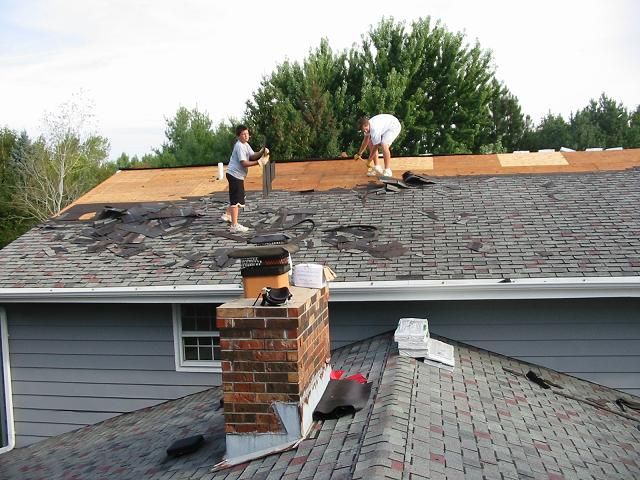Stay Sharp
Well-known member
Step 1. Build an addition onto your house that is a 2nd kitchen and dedicated game processing and sausage making area with a hoist in the ceiling and an epoxy coated floor for easy cleanup..
I do a lot of butchering of wild game for myself. AS a kid on the farm we took in wild and domestic game and processed it for others so when I bought my most recent house, the first thing I did was build an addition meant to be a 2nd kitchen and game butchering and processing area with a hoist and epoxy floor. My wife likes having a 2nd full kitchen at the holidays.
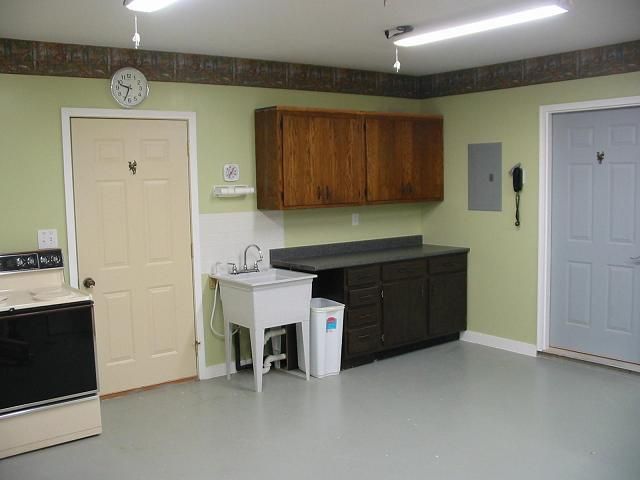
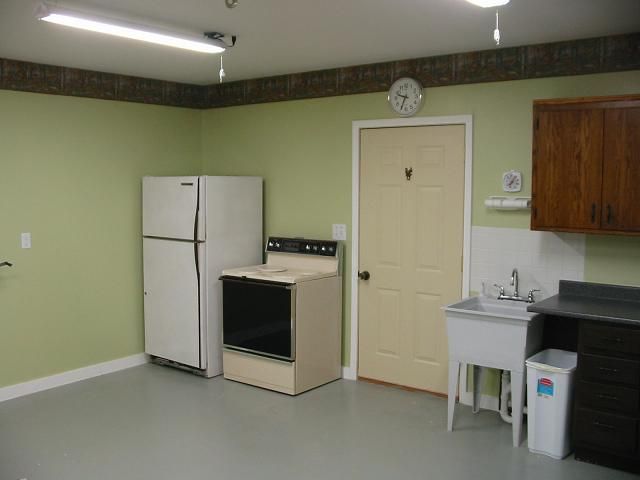
Step 2. Harvest a nice fat deer with your bow.
Step 3. Gut it out and hang it. I like to hang them from the hind legs because I find they skin easier for me. How long you hang it depends on how warm it is where you live.
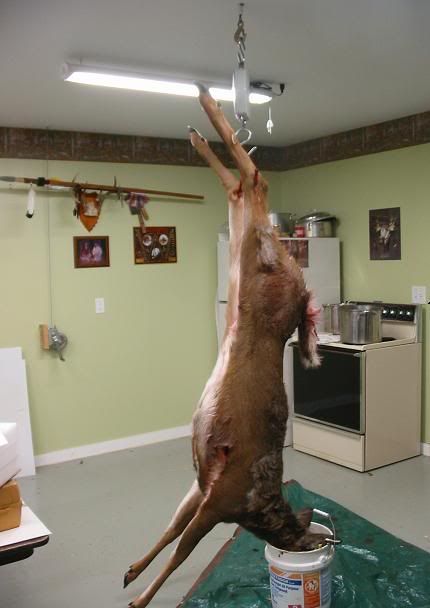
Step 4. Tell your Son you want to do a pictorial on deer processing and that he "Gets" to process a deer so you can take the pictures. Tell him to cut the hide around the hind legs and start to peel downward.
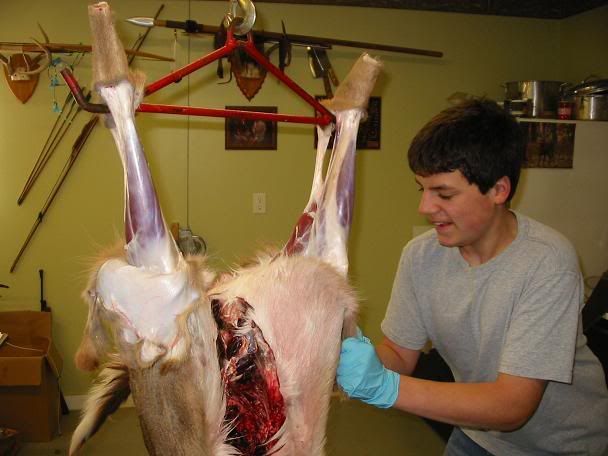
Step 5. Tell him to do more pulling than using the knife so that he doesn't cut the hide because later, you want to teach him how to stretch that hide on a frame and make rawhide
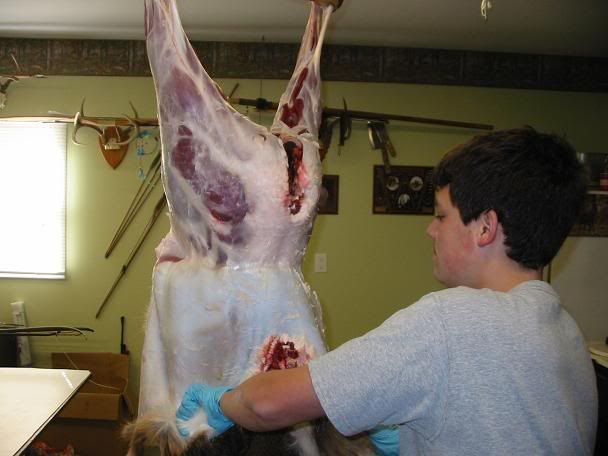
Step 6. Tell him that if he must use the knife, to pull on the hide and only cut the stretchy membrane that joins the hide to the meat.
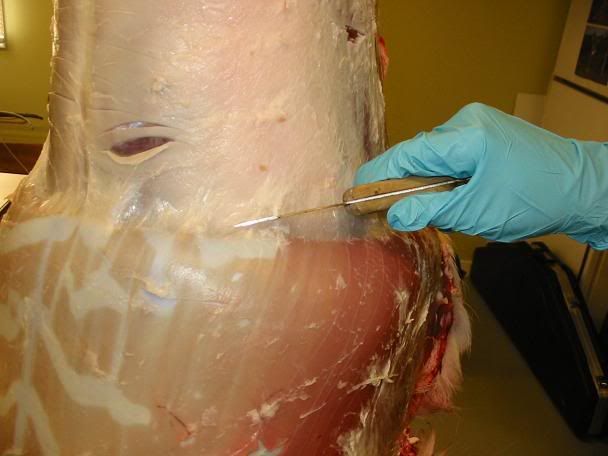
Step 7. Before he gets to far along and covers the front legs with the hide he has peeled off the deer, tell him to cut the hide around the front leg joints and to split the hide upwards, towards the brisket.
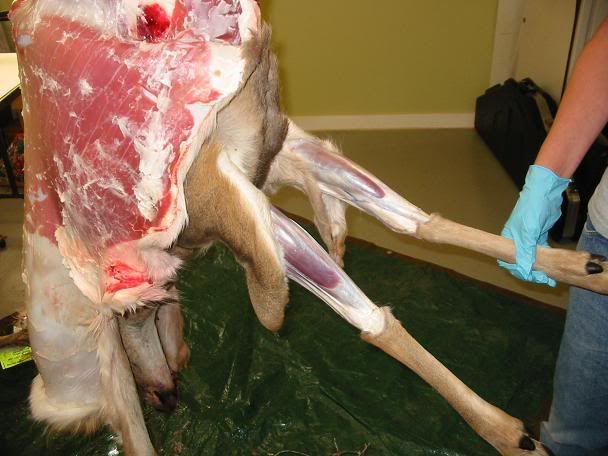
step 8. Once finished with the front legs, tell him to continue pulling down on the hide while he skins out the neck. When he starts to whine about how hard it is to skin the neck, tell him that the next deer will be easier.
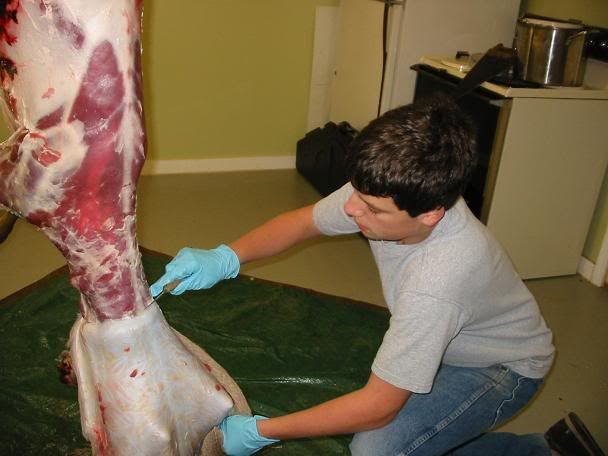
Step 9. Tell him to skin the deer up to the back of the head so as not to waste any of the good neck meat. When he has gone far enough, tell him to cut the neck all the way around until he hits bone.
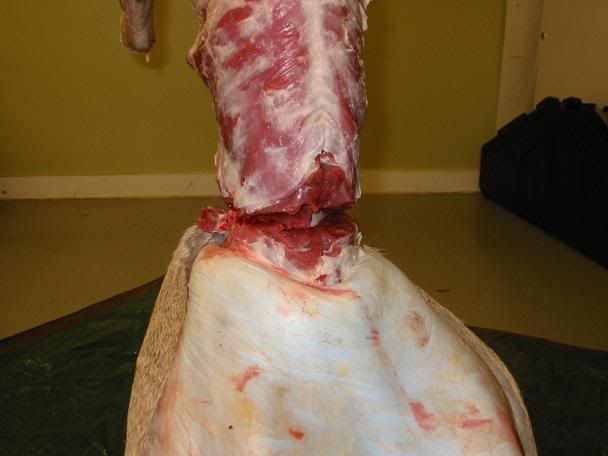
Step 10. When he asks where the saw is, tell him that he can simply cut between the neck bones to separate the head from the carcass. Remind him that he is getting all sorts of lessons in deer anatomy that will make him a better hunter
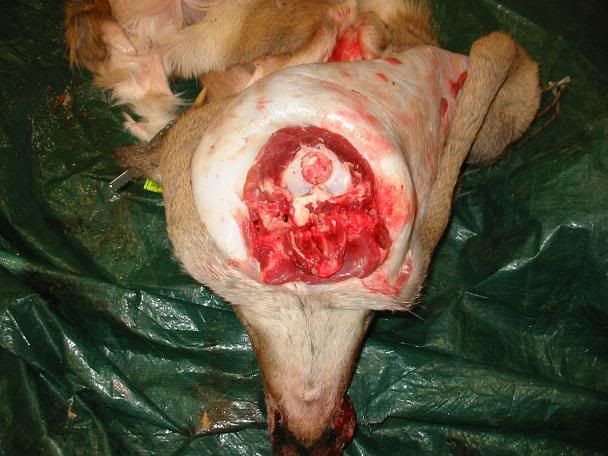
Step 11. Give him a break and let him take a few pictures while you show him how you don't need a saw to remove the front legs because you can simply use a knife and cut through the knee joint.
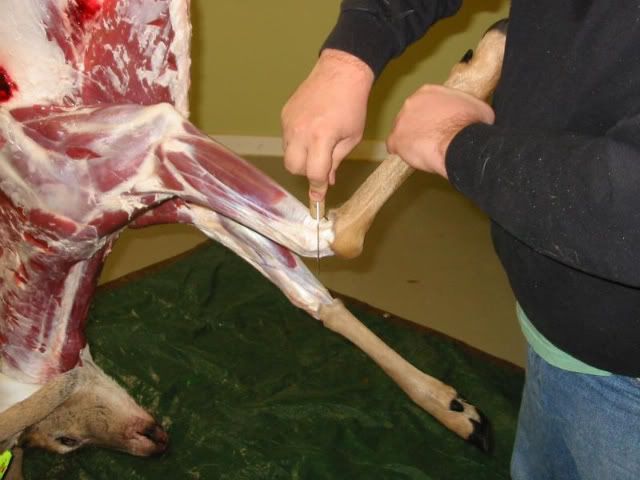
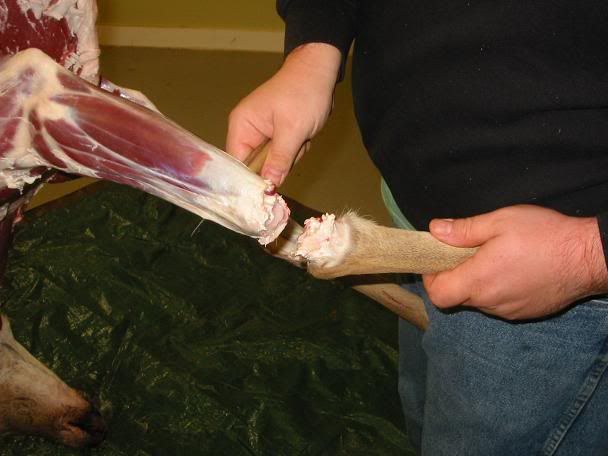
Step 12. Tell him to change the pair of rubber gloves he was wearing to remove the hide and get a fresh pair for working with the meat. Allow him to stand back and enjoy the fruits of his labor.
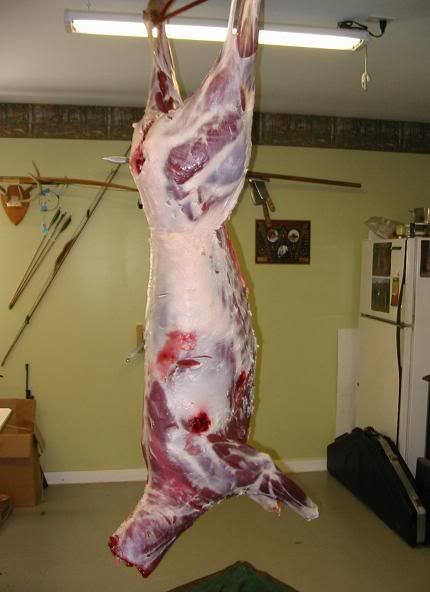
Step 13. Tell him that he still doesn't need the saw to remove the front shoulders because there is not boney joint and that the whole thing is held together by muscle. Then tell him he gets a second chance for more practice on the other front shoulder.
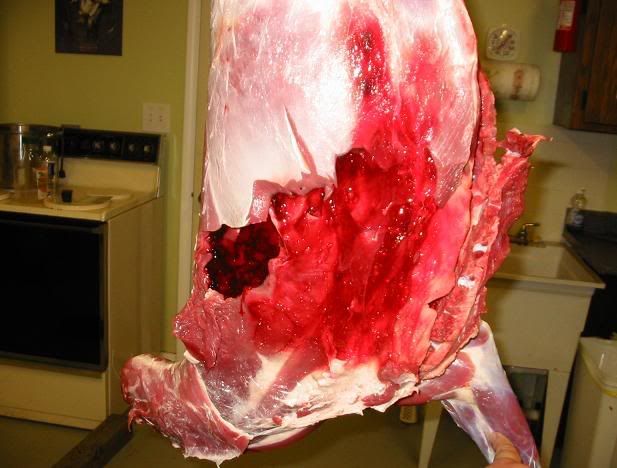
Take the time to discuss arrow placement as you look at the front shoulder.
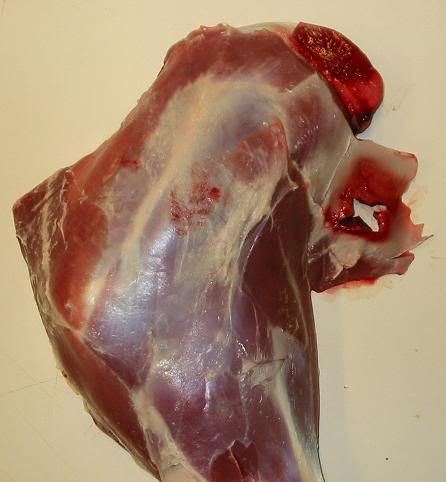
Step 14. Remind him how much he enjoys things like jerky and snack sticks so that he does not waste any of the trim meat on the brisket.
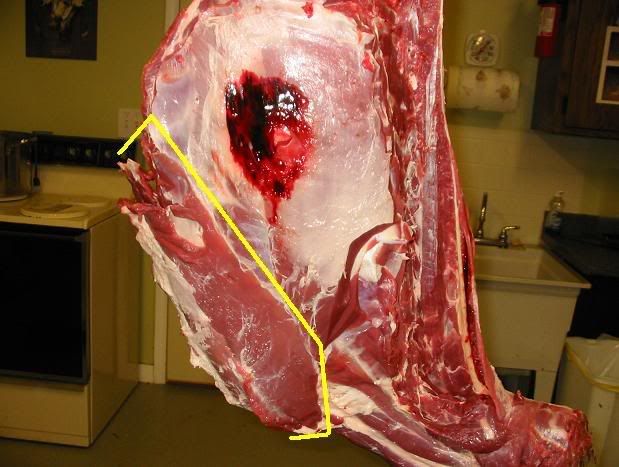
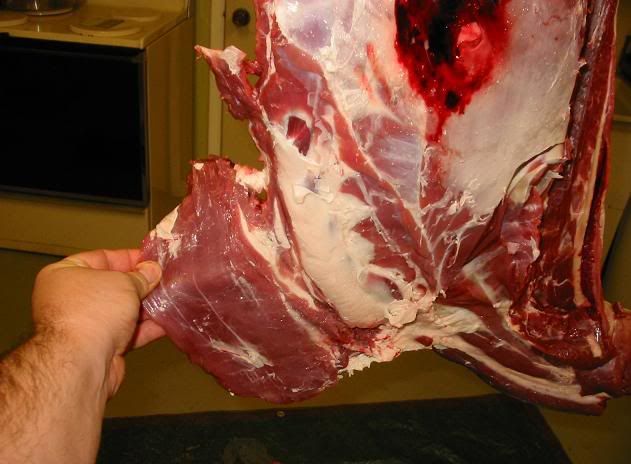
Step 15. Tell him all about the best and most tender part of the deer and why it is called: "The Tender Loin" Explain that there are two of them and that he need only make a cut at the top of the tenderloin and that he can remove them by simply pulling them off the side of the rib cage.
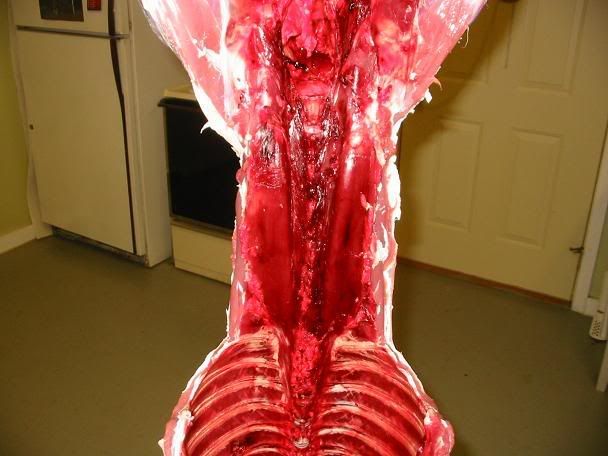
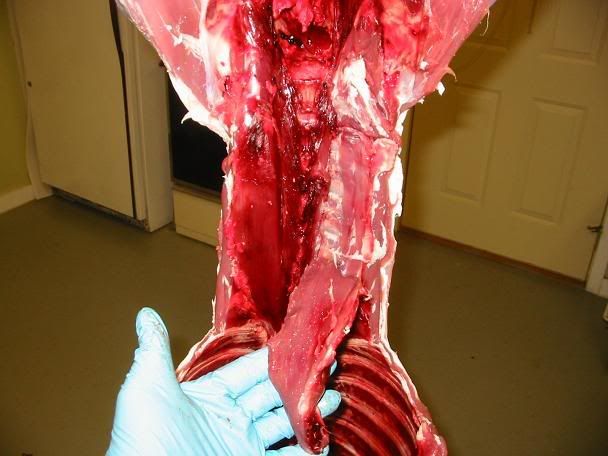
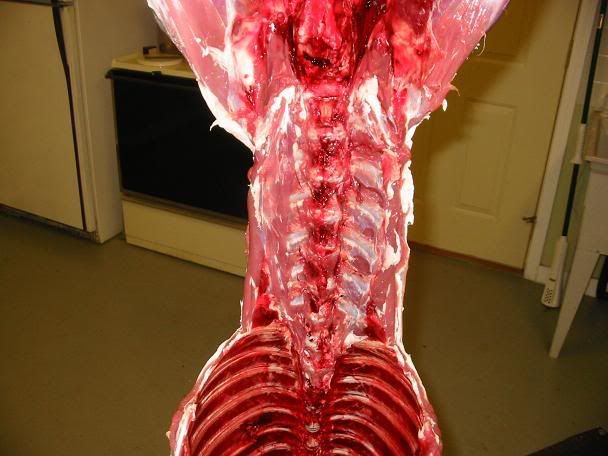
I do a lot of butchering of wild game for myself. AS a kid on the farm we took in wild and domestic game and processed it for others so when I bought my most recent house, the first thing I did was build an addition meant to be a 2nd kitchen and game butchering and processing area with a hoist and epoxy floor. My wife likes having a 2nd full kitchen at the holidays.


Step 2. Harvest a nice fat deer with your bow.
Step 3. Gut it out and hang it. I like to hang them from the hind legs because I find they skin easier for me. How long you hang it depends on how warm it is where you live.

Step 4. Tell your Son you want to do a pictorial on deer processing and that he "Gets" to process a deer so you can take the pictures. Tell him to cut the hide around the hind legs and start to peel downward.

Step 5. Tell him to do more pulling than using the knife so that he doesn't cut the hide because later, you want to teach him how to stretch that hide on a frame and make rawhide

Step 6. Tell him that if he must use the knife, to pull on the hide and only cut the stretchy membrane that joins the hide to the meat.

Step 7. Before he gets to far along and covers the front legs with the hide he has peeled off the deer, tell him to cut the hide around the front leg joints and to split the hide upwards, towards the brisket.

step 8. Once finished with the front legs, tell him to continue pulling down on the hide while he skins out the neck. When he starts to whine about how hard it is to skin the neck, tell him that the next deer will be easier.

Step 9. Tell him to skin the deer up to the back of the head so as not to waste any of the good neck meat. When he has gone far enough, tell him to cut the neck all the way around until he hits bone.

Step 10. When he asks where the saw is, tell him that he can simply cut between the neck bones to separate the head from the carcass. Remind him that he is getting all sorts of lessons in deer anatomy that will make him a better hunter

Step 11. Give him a break and let him take a few pictures while you show him how you don't need a saw to remove the front legs because you can simply use a knife and cut through the knee joint.


Step 12. Tell him to change the pair of rubber gloves he was wearing to remove the hide and get a fresh pair for working with the meat. Allow him to stand back and enjoy the fruits of his labor.

Step 13. Tell him that he still doesn't need the saw to remove the front shoulders because there is not boney joint and that the whole thing is held together by muscle. Then tell him he gets a second chance for more practice on the other front shoulder.

Take the time to discuss arrow placement as you look at the front shoulder.

Step 14. Remind him how much he enjoys things like jerky and snack sticks so that he does not waste any of the trim meat on the brisket.


Step 15. Tell him all about the best and most tender part of the deer and why it is called: "The Tender Loin" Explain that there are two of them and that he need only make a cut at the top of the tenderloin and that he can remove them by simply pulling them off the side of the rib cage.






